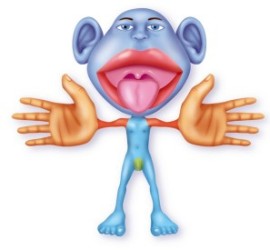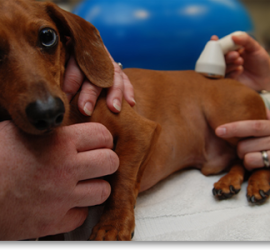Anaesthesia makes us feel fat, not big
The brain cannot properly control the movement of the body without knowing something about its size. However, the body does not have receptors to signal size directly, the brain has to work it out using information from multiple senses (e.g. touch, vision, proprioception) and then store it in body “maps” […]



